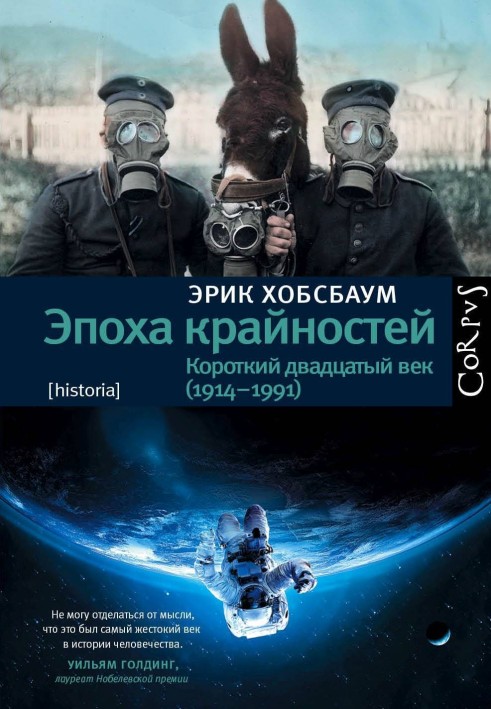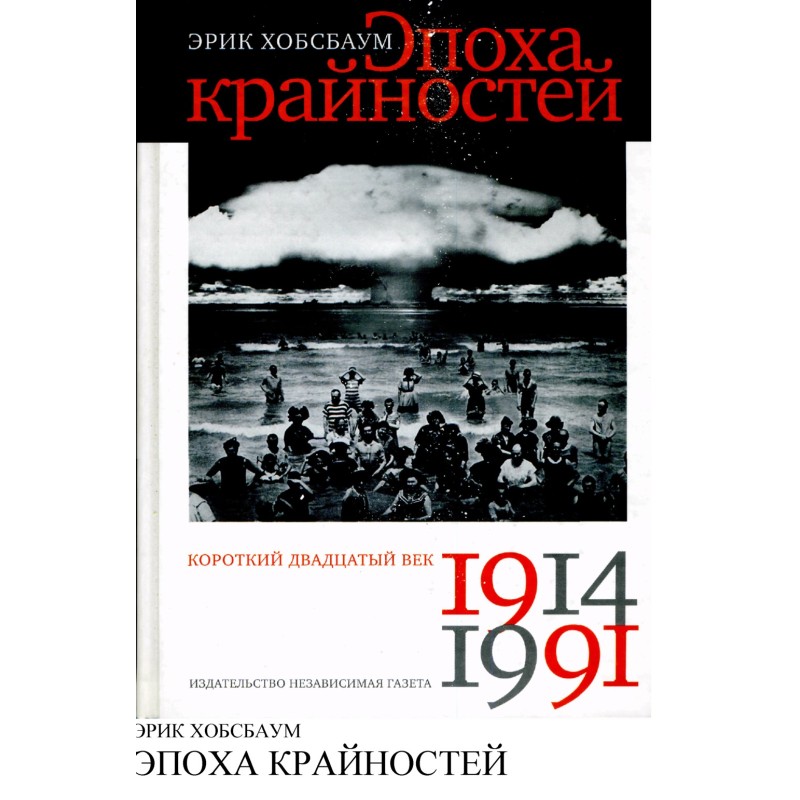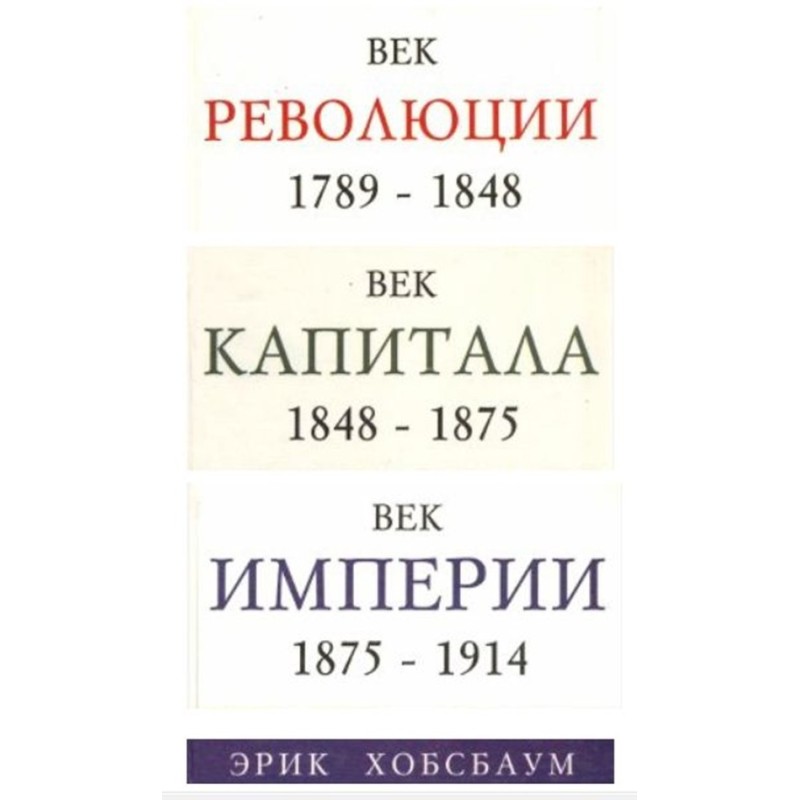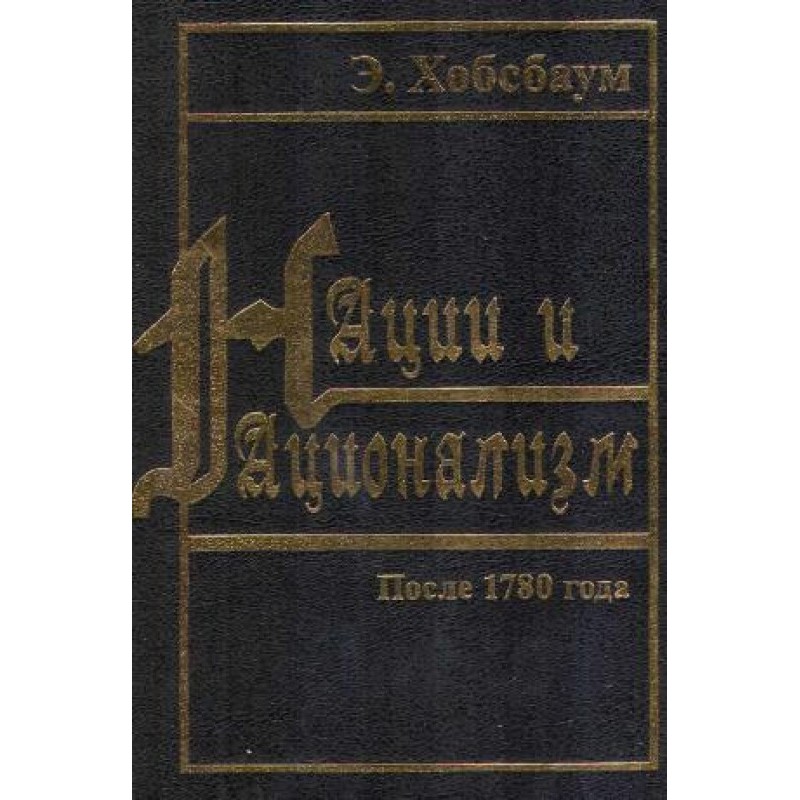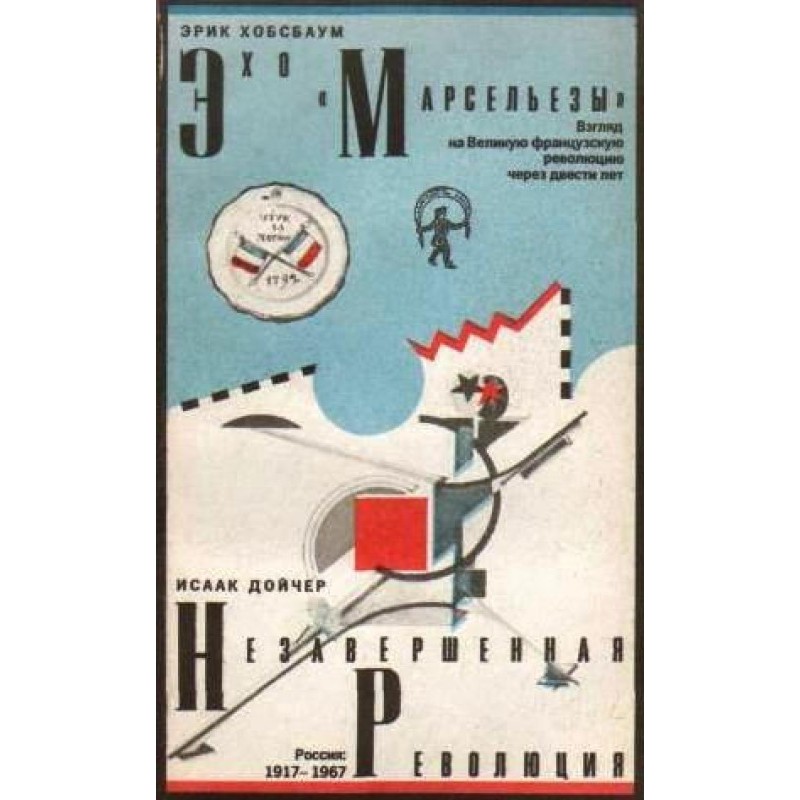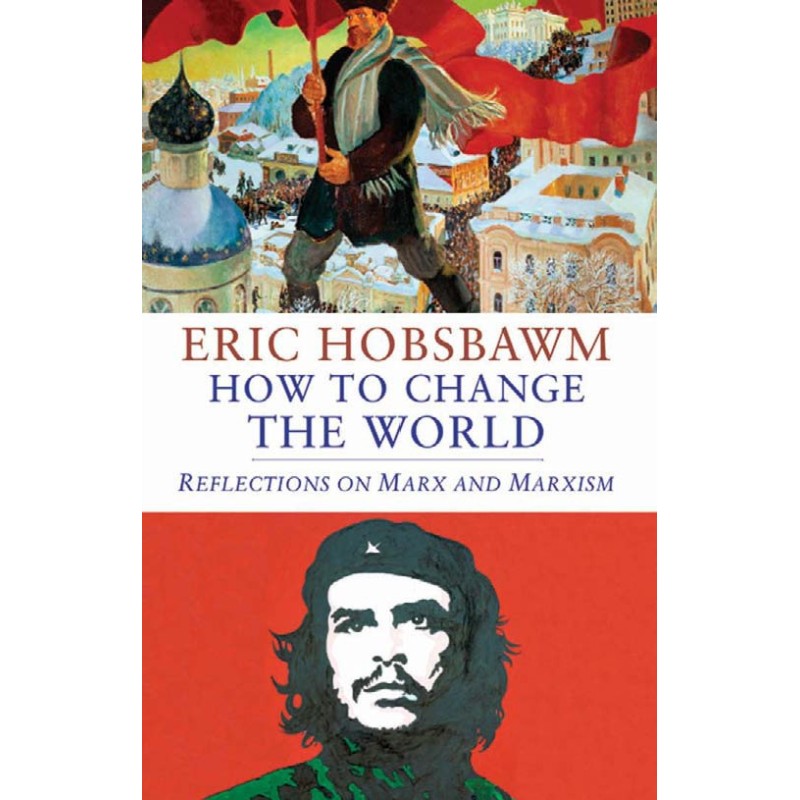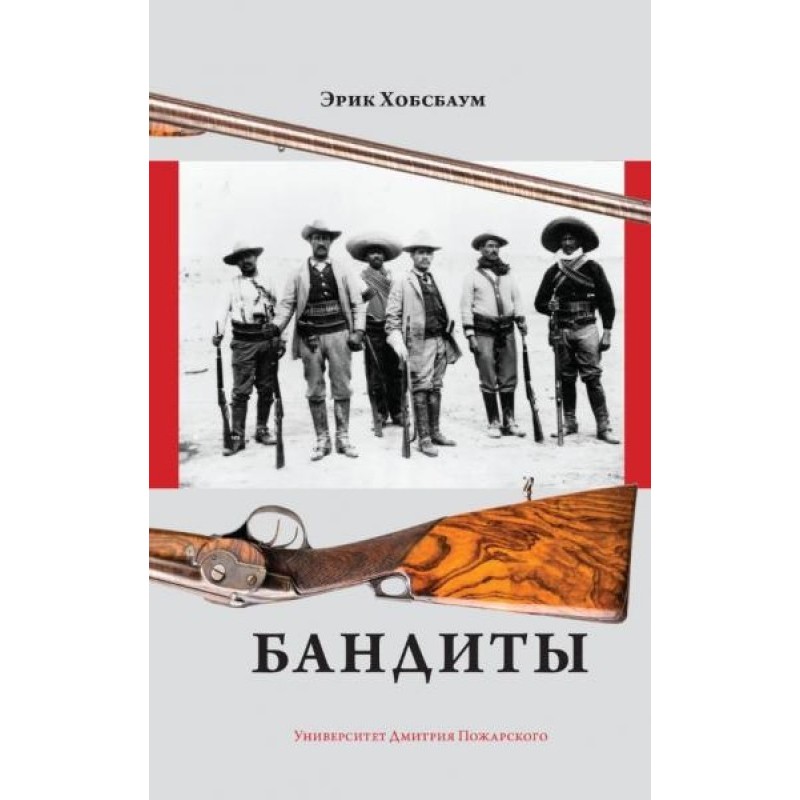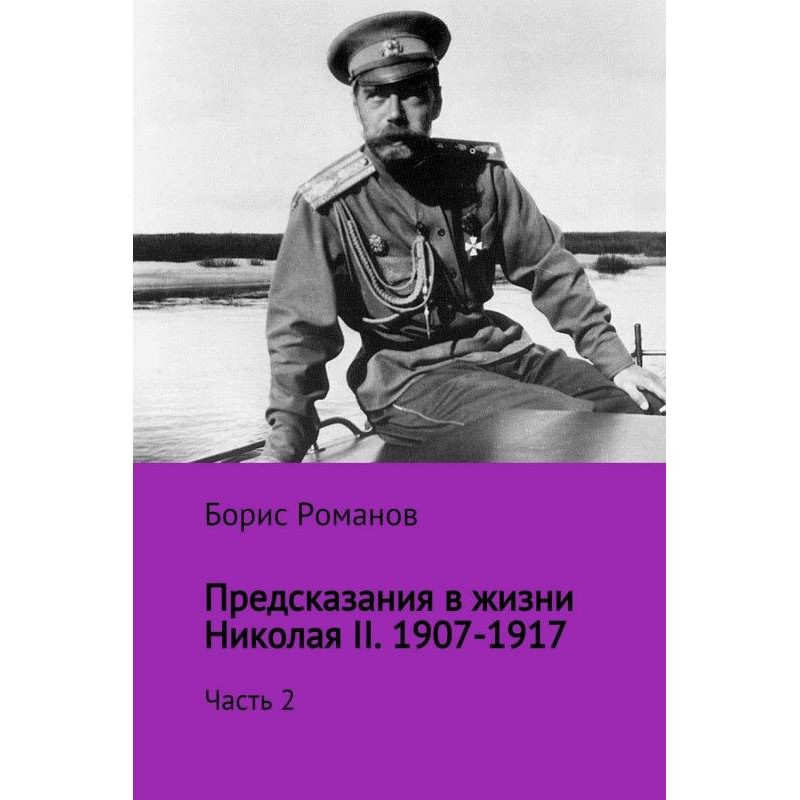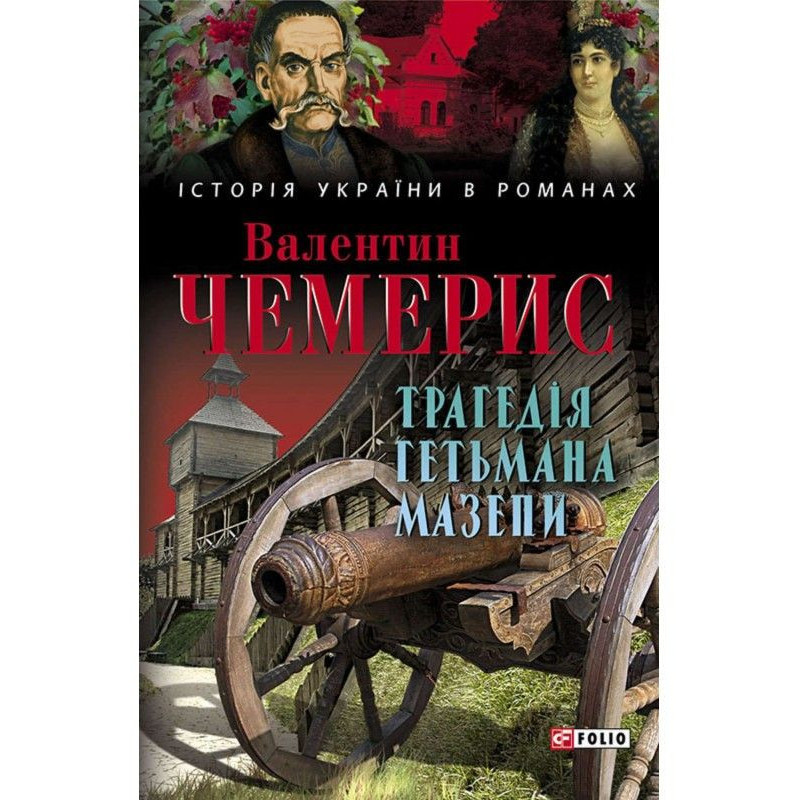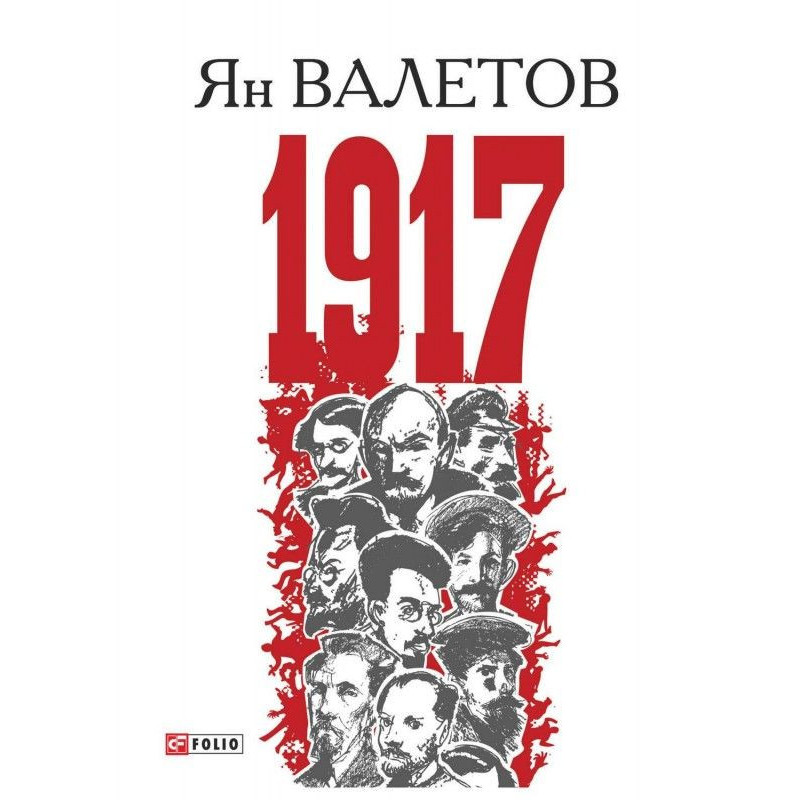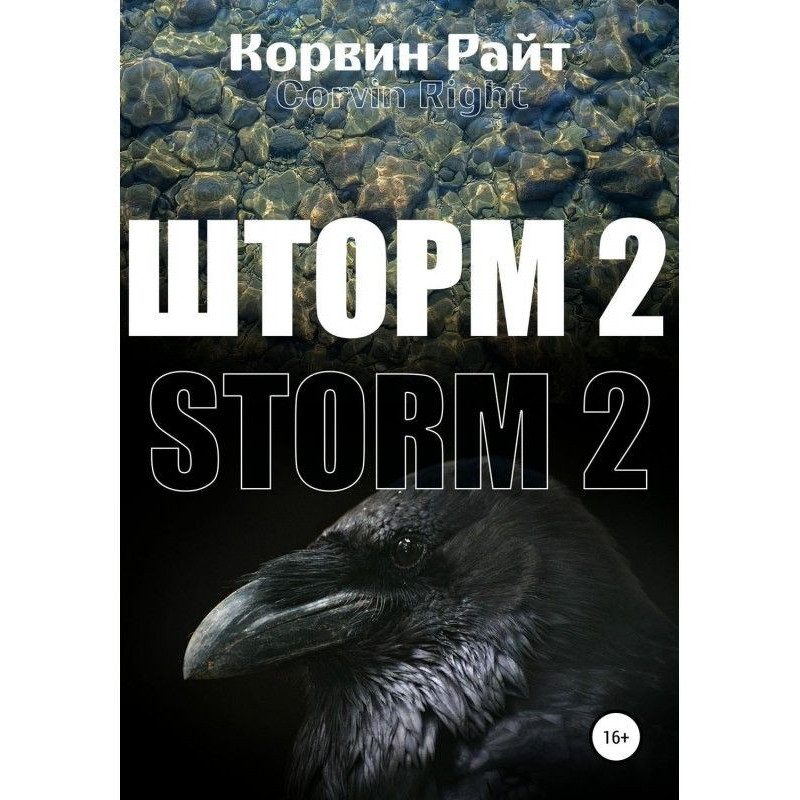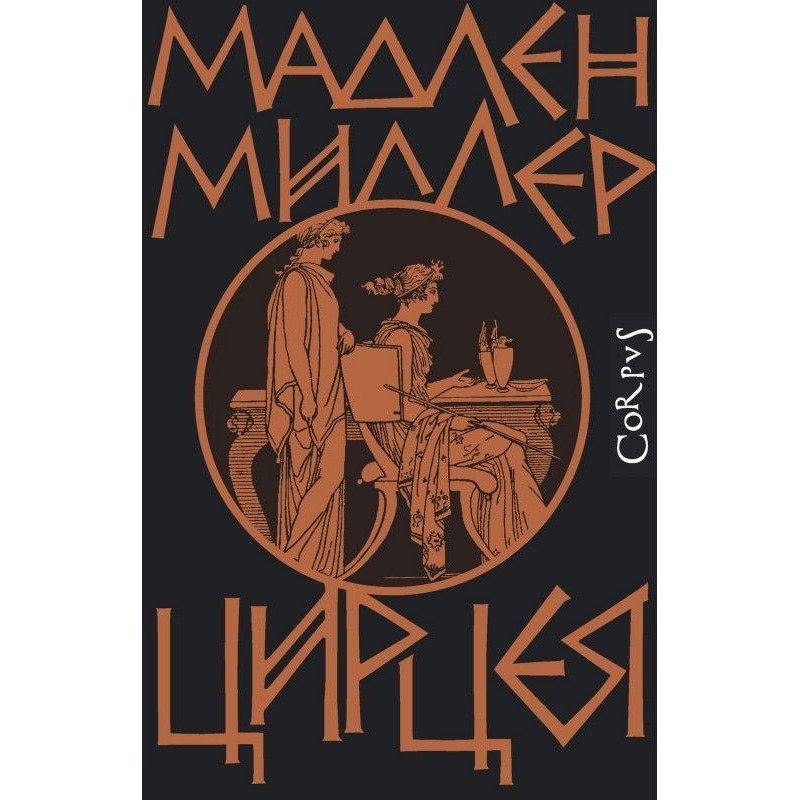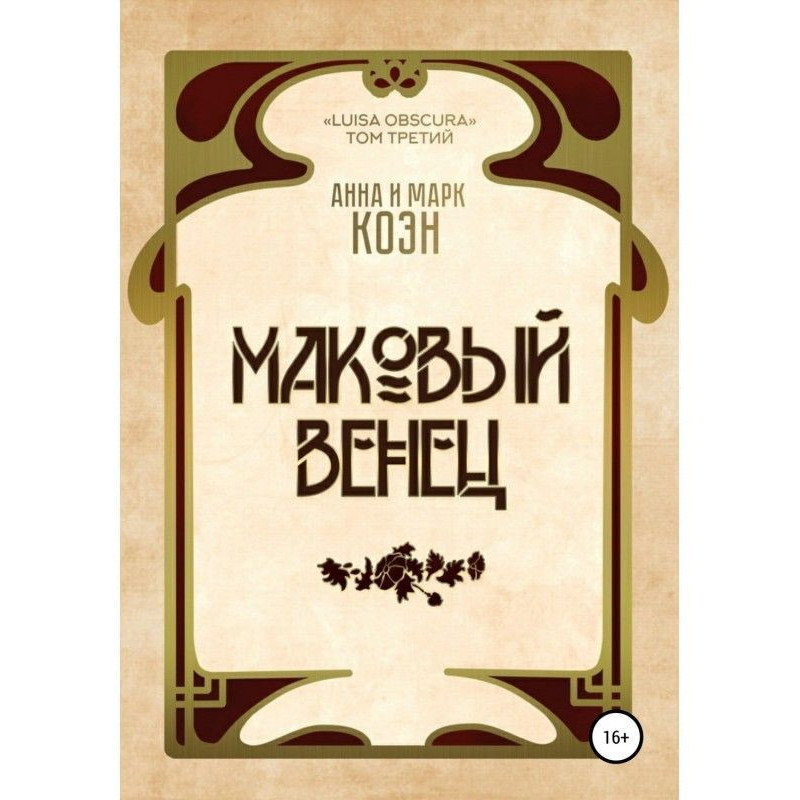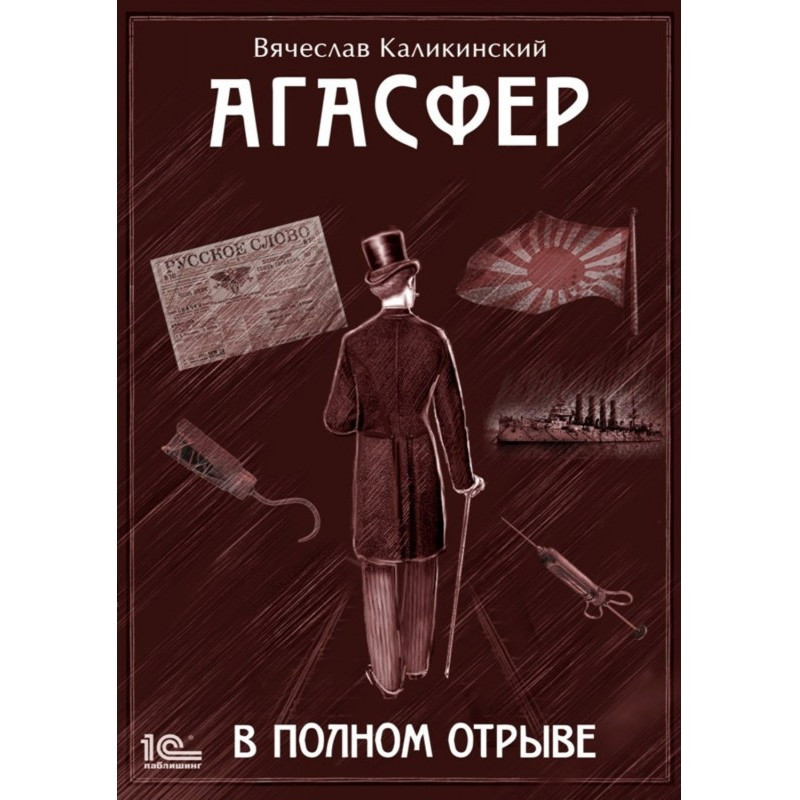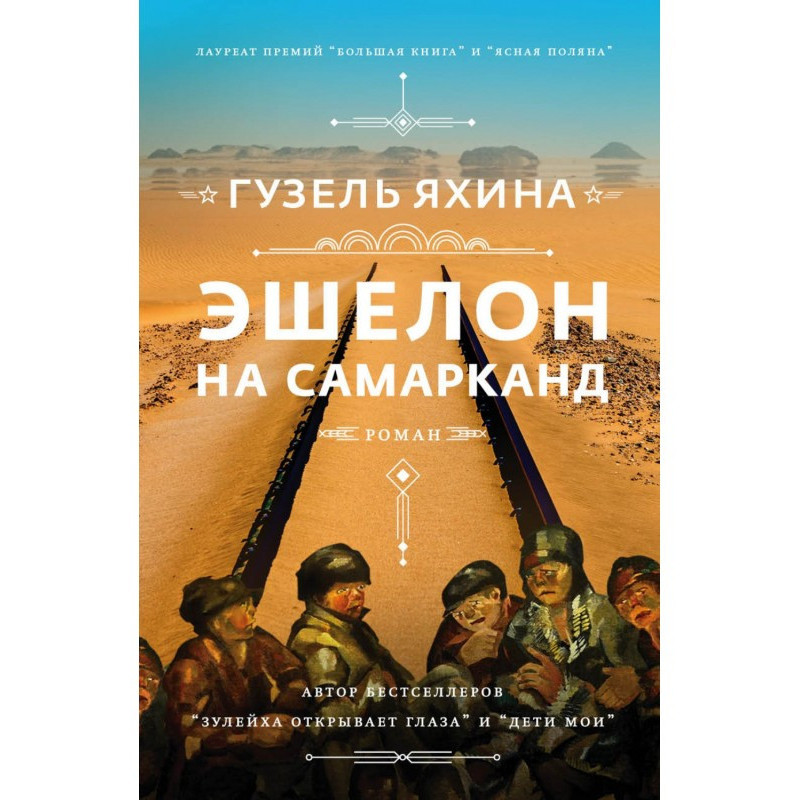The era of extremes. Short twentieth century (1914–1991)
 Instant download
Instant download
after payment (24/7)
 Wide range of formats
Wide range of formats
(for all gadgets)
 Full book
Full book
(including for Apple and Android)
“The Age of Extremes: The Short Twentieth Century (1914–1991)” is one of the main works of the famous British Marxist historian Eric Hobsbawm. Together with the trilogy about the “long nineteenth century,” it is rightfully considered the pinnacle of world historiography. Hobsbawm divides the short twentieth century into three main stages. “The Age of Disasters” begins with the First World War and ends with the Second; followed by a “golden age” of progress, decolonization and increased prosperity throughout the world; the third stage, a crisis for both poles of the post-war world, ends with its complete collapse. Deep erudition and unique cultural experience allow Hobsbawm to use examples from a variety of areas of historical knowledge: the history of science and art, economics and revolutionary movements. A contemporary of the century, a cosmopolitan and a communist who had a hard time saying goodbye to the Soviet myth, Hobsbawm pays equal attention to Europe and the Americas, Africa and Asia. He has the gift of speaking to the reader on an equal footing, enlightening without condescension and instilling the ability to think systematically. A sober analysis of the processes at the end of the second millennium takes on a new meaning at the beginning of the third: the future that appears on the pages of the book has become a reality today. A fascinating and strikingly contemporary book, The Age of Extremes is an indispensable tool for understanding it.
Data sheet
- Name of the Author
- Эрик Хобсбаум
- Language
- Ukrainian
- Translator
- Александра В. Никольская
Ольга Лифанова
Reviews
Вражаюча історична подорож через буремне століття!
Книга "Епоха крайнощів" Еріка Хобсбаума - це справжній шедевр історичної літератури, який пропонує читачеві глибокий аналіз подій, що формували світ у двадцятому столітті. Хобсбаум вміло ділить століття на три етапи, кожен з яких наповнений драматичними змінами, що вплинули на життя мільйонів людей. Його здатність поєднувати економічні, соціальні та культурні аспекти робить цю книгу надзвичайно цінною для тих, хто прагне зрозуміти, як історія вплинула на сучасність. Автор не лише аналізує події, але й пропонує читачеві систематичне мислення, що дозволяє глибше осмислити уроки минулого. Незважаючи на деякі недоліки в перекладі, книга залишається доступною та зрозумілою. "Епоха крайнощів" - це не просто історія, це запрошення до роздумів про наше місце в світі та майбутнє, яке нас чекає. Рекомендую всім, хто цікавиться історією та соціальними змінами!

